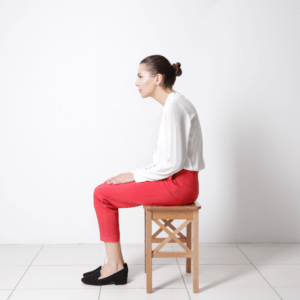The right posture for gardening
Whether you’ve got seasoned green fingers or trying it out for the first time, it’s vital that you use the right posture when gardening. Gardening🌱 can be an excellent way to relieve stress, get some movement into your day, and improve your immune system. But it’s important that we take care of our bodies while we’re at it to avoid injury.
The trouble with wrong posture while gardening
Poor posture while gardening can cause several issues, including:
- Neck and shoulder pain
- Sciatica
- Shallow breathing which can result in anxiety
- Tension headaches
- Lower back pain
- Muscle spasm
The benefits of a good posture while gardening
Other than avoiding pain and injury, there are several benefits of ensuring good posture while gardening:
- Promotion of health and flexibility through your spine.
- It can promote healthy function of our organ systems.
- When our bodies feel good, we are more productive
A few things to keep in mind
Our spines have developed into beautiful, functionally curved shapes. Maintaining the natural curves of our spine while working in the garden is key 🔑 to preventing injury, aches, and pain.
Rather than rounding our spine or overextending our arms, we can hinge from our hips to move forward. We should also ensure we bend our knees and equalise our sides when lifting heavy loads.
Importantly, we should move from our centre when using tools 👩🌾 rather than using our arms. We can do this by leaning into tools rather than just our feet.
A summary you might want to write down is:
- Hinge hips
- Legs for lifting
- Long spine
We hope these tips help you enjoy every minute of your gardening and reap the benefits of correct posture. Keep an eye on our blog for more tips and tricks for protecting your spine and joints.





